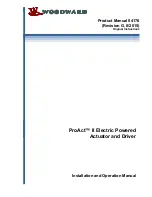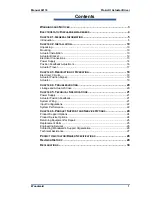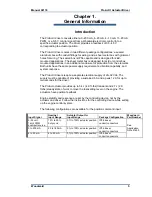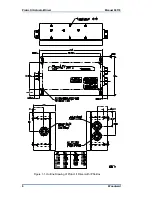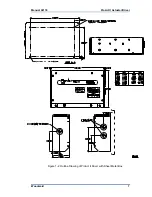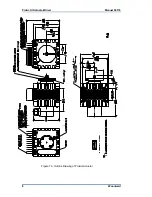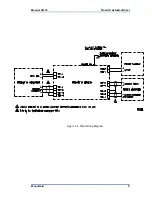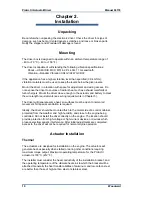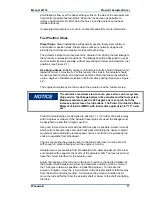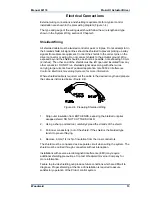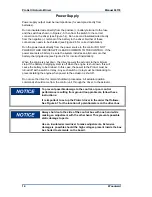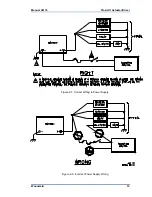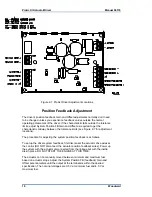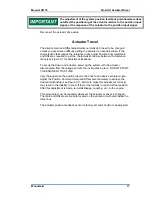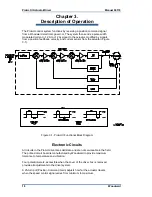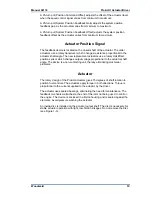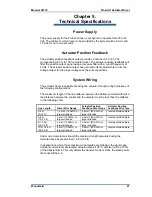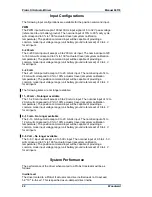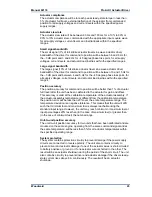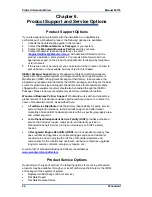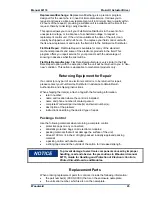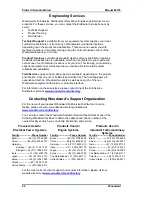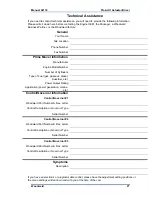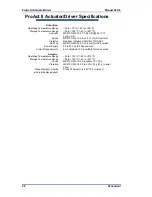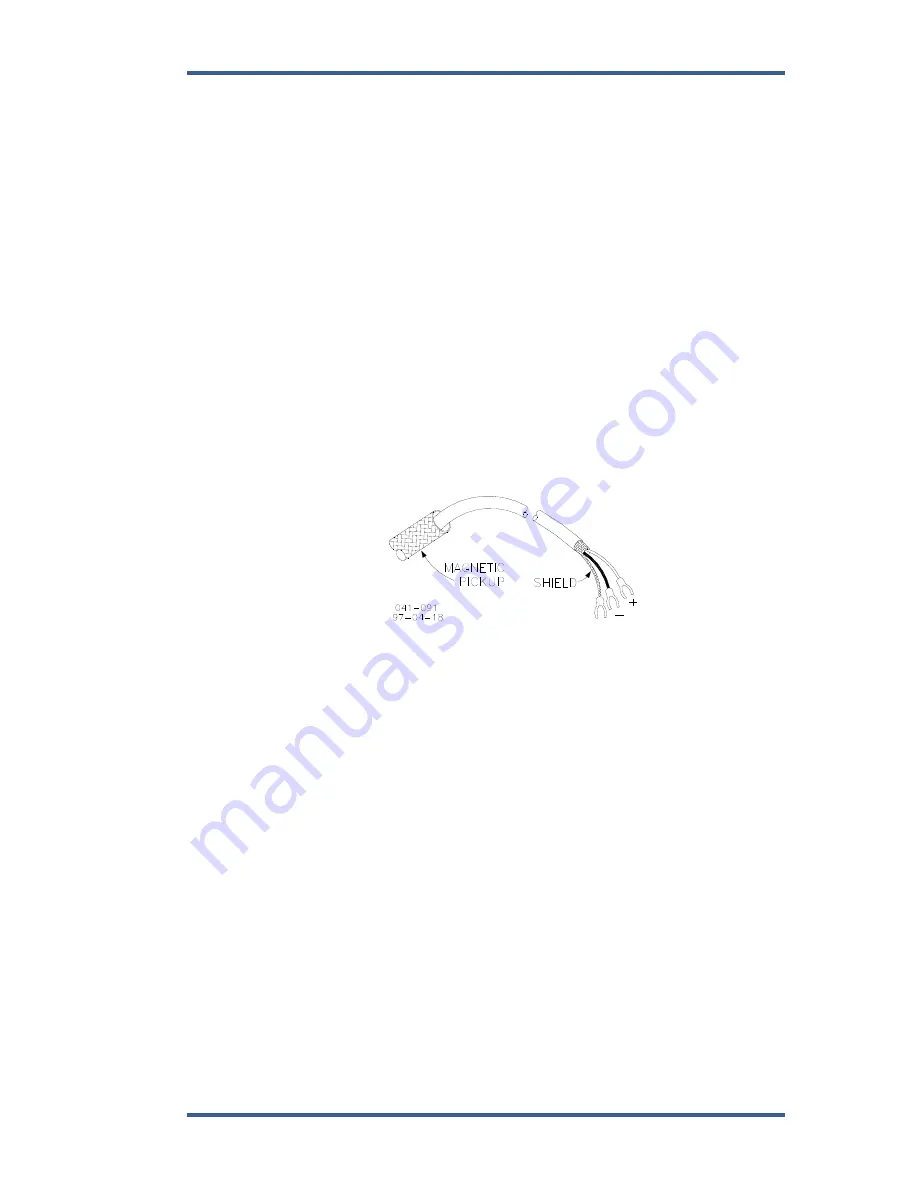
Manual 04176
ProAct II Actuator/Driver
Woodward
13
Electrical Connections
External wiring connections and shielding requirements for a typical control
installation are shown in the plant wiring diagram (Figure 1-4).
The type and gauge of the wiring used should follow the wire length and type
shown in the System Wiring section of Chapter 5.
Shielded Wiring
All shielded cable must be twisted conductor pairs or triples. Do not attempt to tin
the braided shield. All signal lines should be shielded to prevent picking up stray
signals from adjacent equipment. Connect the shields to the correct pins on the
driver connector or wiring. Do not connect shields to the actuator ground. Wire
exposed beyond the shield should be as short as possible, not exceeding 50 mm
(2 inches). The other end of the shields must be left open and insulated from any
other conductor. DO NOT run shielded signal wires along with other wires
carrying large currents. See Woodward application note 50532,
Interference
Control in Electronic Governing Systems
, for more information.
Where shielded cable is required, cut the cable to the desired length and prepare
the cable as instructed below (Figure 2-4).
Figure 2-4. Preparing Shielded Wiring
1.
Strip outer insulation from BOTH ENDS, exposing the braided or spiral
wrapped shield. DO NOT CUT THE SHIELD.
2.
Using a sharp, pointed tool, carefully spread the strands of the shield.
3.
Pull inner conductor(s) out of the shield. If the shield is the braided type,
twist it to prevent fraying.
4.
Remove 6 mm (1/4 inch) of insulation from the inner conductors.
The shield must be considered as a separate circuit when wiring the system. The
shield must be carried through connectors without interruption.
Installations with severe electromagnetic interference (EMI) may require
additional shielding precautions. Contact Woodward Governor Company for
more information.
Failure to provide shielding can produce future conditions which are difficult to
diagnose. Proper shielding at the time of installation is required to assure
satisfactory operation of the ProAct control system.

